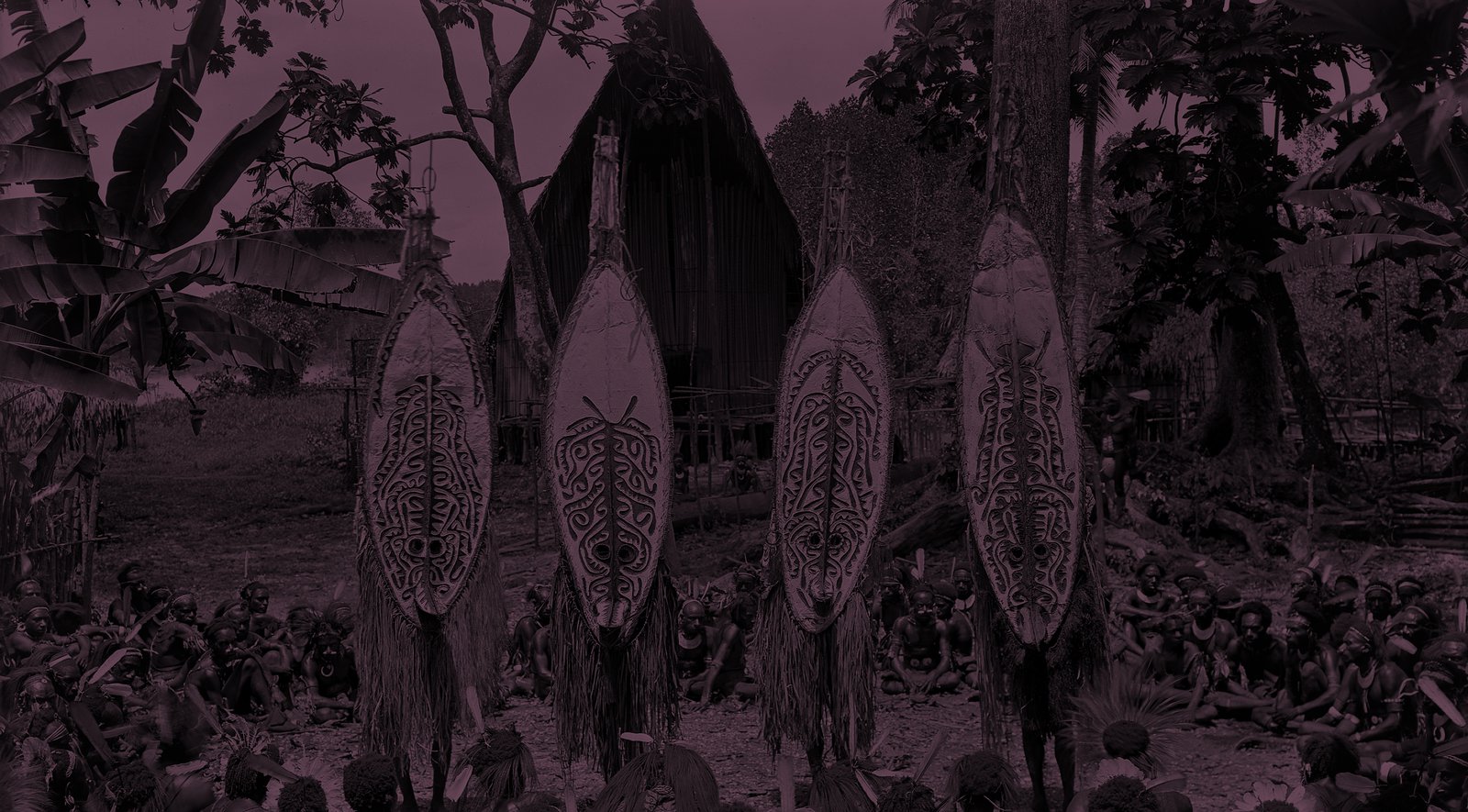Frank Hurley Photograph Collection

Hurley photographed people, houses, artefacts, mountain scenes and mission stations, in the localities of Milne Bay, Oro, Central, Gulf and Western Provinces of Papua New Guinea, and the Torres Strait.
Specific locations include the Fly River, Lake Murray, Aramia River, Goaribari, Kikori, Purari Delta, Yule Is, Mekeo, the Mountain Series ( Dilava, Deva, Mafula, Onouge, Mt Tafa,), Port Moresby, Hula, Mailu, Milne Bay, Bartle Bay, Goodenough Bay, Colllingwood Bay, Cape Nelson, Kamusi Bay, Buna Bay and Oro Bay.
Contact Archives for a full llisting.
Frank Hurley
James Francis Hurley (1885-1962) was born in the Sydney suburb of Glebe. He began working as a professional photographer in 1904.
In 1911, Douglas Mawson selected Hurley as official photographer responsible for still and movie photography for his first Antarctic expedition, AAE 1911-13 and later for the BANZARE 1929 expedition. Hurley also joined Shackleton's ITAE 1914-1916 Antarctic expedition, and was forced to spend five months under two upturned boats, when the party was marooned.
Hurley married Margaret Agnes Bouffier in 1918.
Papuan expeditions
He mounted several expeditions to the island of Papua New Guinea between 1920 and 1926. On returning from his first visit to the Torres Strait and Papua New Guinea in 1921, Hurley prepared the first version of his film 'Pearls and Savages'. Disappointed with the first cut, he planned another trip to improve the film.
On the second expedition, from August 1922 to February 1923 Allan McCulloch, of the Australian Museum, accompanied Hurley as scientific officer. Through the connection to the Australian Museum, they were able to obtain a collecting license and made significant ethnographic collections, principally from people of the Gulf and Western Provinces. Artefacts donated to the Australian Museum by Hurley and McCulloch are held in our Cultural Collections.
Further film making expeditions were made in 1925-6 to Torres Strait and Dutch New Guinea.
Hurley also served as an army photographer in WW1 and WW2 and was a photographic chronicler of Australia for much of his life. He also made a number of documentary and fiction feature films.
Hurley toured with his photographs and films giving public lectures in many countries and published over thirty books and hundreds of brief articles and ‘picture stories.’
Frank Hurley sold this collection of Papuan images to the Australian Museum in 1927. The Museum also holds a collection of artefacts Hurley acquired on the second expedition with Australian Museum staff member Allan McCulloch. Together with Hurley's diaries and films they form an important archive of Papua's history.




